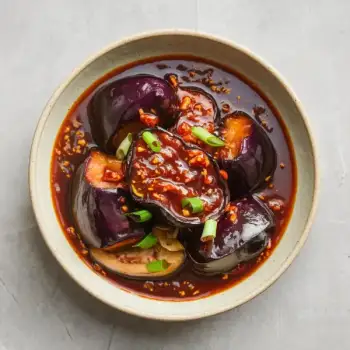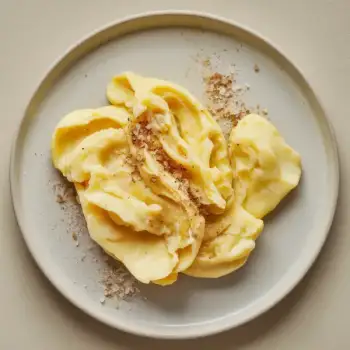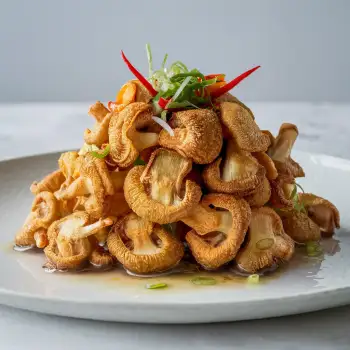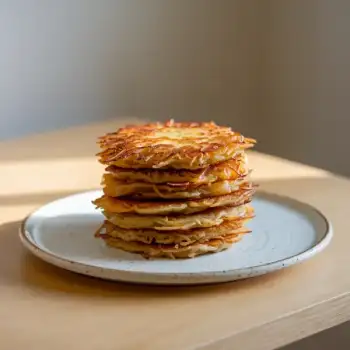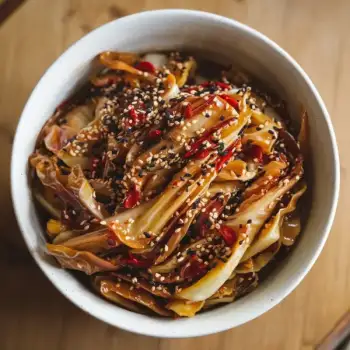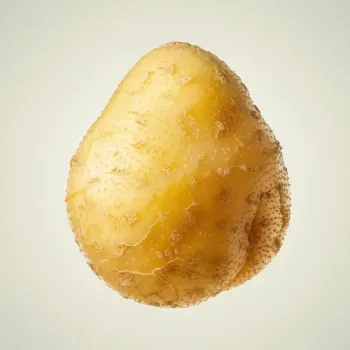


Flour
A more coarsely ground version of potato starch, sometimes used in gluten-free baking to provide structure to breads and pastries.
Granulated
Potato starch in its most common form, a fine, white powder that is often used as a thickening agent in soups, sauces, and gravies.




potato flour: King Arthur Baking Company
granulated potato starch: Bob's Red Mill

Baking: In baking, potato starch is used to add moisture to cakes and bread, and it's particularly useful in gluten-free recipes. It can be combined with other gluten-free flours to improve the texture and extend the shelf life of baked goods.
Frying: Potato starch can be used as a coating for fried foods. It creates a light, crispy crust that's less prone to sogginess compared to wheat flour. Foods dredged in potato starch should be fried immediately to prevent the coating from becoming sticky.
Thickening: Potato starch is commonly used to thicken soups, sauces, and gravies. It provides a glossy finish and a silky texture without altering the flavor of the dish. It's best to add it at the end of cooking, as it thickens quickly and can become gelatinous if overcooked.





